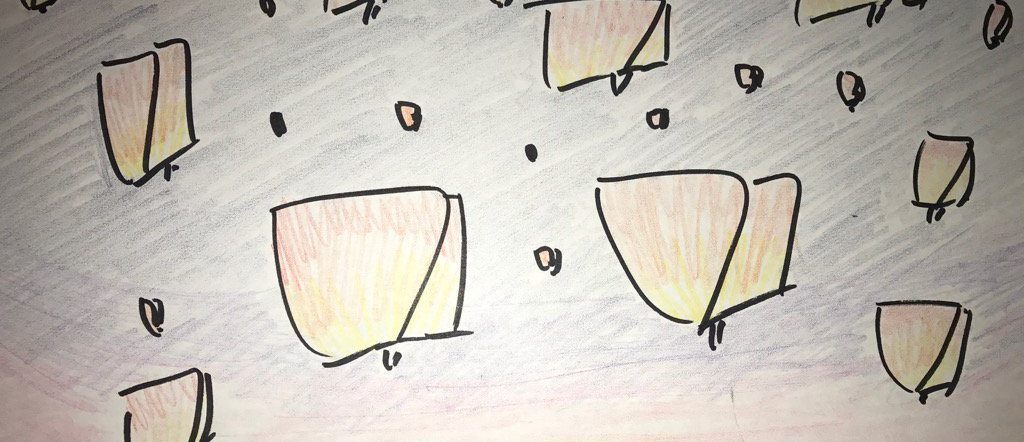Celebrated by China and Korea, the fifteenth day of the eighth month according to the lunar calendar, marks the beginning of the long-awaited harvest season. When the moon is at its fullest and brightest, China celebrates the Mid-Autumn Festival while Korea celebrates Chuseok, or Korean Thanksgiving. Although the holidays are commemorated on the same day, the two cultures have unique manners of rejoicing.
The Chinese Mid-Autumn festival, also known as the Lunar Festival, is a gathering that emphasizes the reunion of friends and relatives. The legend of Hou Yi, an ancient Chinese hero, reveals the genesis of the holiday. According to legend, Hou Yi gave an elixir ensuring eternal life to his wife, Chang E. His envious comrade Peng Meng later pestered Chang E to hand the potion over to him. Knowing that she will not win, she drinks the elixir, and as a result, Chang E flies to the moon and becomes a goddess. In despair, Hou Yi then gathers offerings for her and sacrifices them at the alter. Hou Yi’s actions in this legend have created and spread the festival tradition of sacrificing to the moon.
Several “must-eat” foods during the Mid-Autumn Festival include pumpkin, which promotes good health, and taro, which is believed to give good fortune. The most notable and well-known food is the mooncake. Enjoyed with a cup of tea, these cakes have intricate designs as well as a wide selection of fillings that vary by region. Their round shape symbolizes unity and the strength of family, and the bright yellow inner yolk resembles the full moon.
Basking under the bright light of a full moon is a tradition the Chinese have preserved for many centuries. The Chinese believe that the moon represents the unity of friends and relatives who live near and far, for we all, no matter where we live, share and appreciate one moon.
Similarly in Korean culture, the traditional half-moon shaped ricecake called songpyeon has great significance in relation to the holiday. Songpyeon is made from rice collected during the first harvest of the year and are filled with red bean, chestnuts, or sesame. The half-moon shape of the ricecakes expresses the encasing of positive wishes and dreams.
Chuseok celebrates a plentiful harvest and represents gratitude towards one’s ancestors. At the memorial service known as Charye, Korean families offer the profit of the harvest to their ancestors. During the ceremony, food is prepared and arranged appropriately on the dinner table. Incense is lighted to summon the ancestral spirits, and families bow to show respect and appreciation for the bountiful harvest.
Ssireum, a form of Korean wrestling, is one of the festival’s main attractions. The winner is proclaimed “the strongest man” and is rewarded with a bull and a bag of rice. Another popular activity is Ganggangsullae, in which women dance under the light of the full moon to pray for a bountiful harvest.
Both the Chuseok and the Mid-Autumn Festival acknowledge the majesty of the harvest moon and commemorate the importance of gathering with relatives and delving deeper into one’s culture – all by celebrating in traditional and unique ways.
Kathleen Kye and Heather Loo
Staff Writers
Image: Elaine Kim

